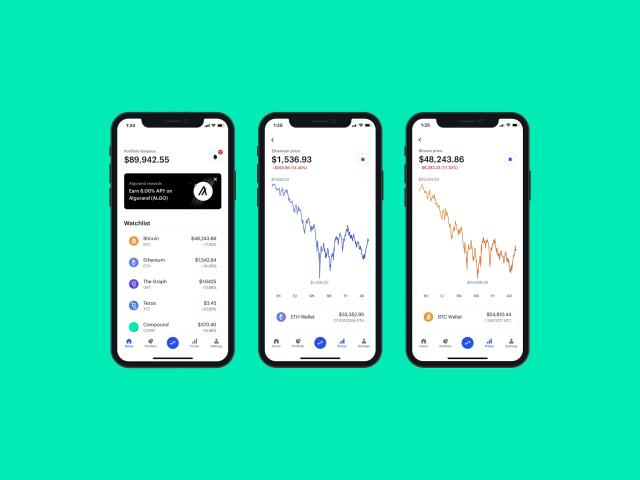
BEGINNER’S GUIDE
by: Towqeer gilkar

Ethereum and Smart Contracts: The Future of Decentralized Applications
In the ever-evolving landscape of blockchain technology, Ethereum stands out as a groundbreaking platform that goes beyond mere cryptocurrency. Launched in 2015 by Vitalik Buterin and a team of developers, Ethereum introduced the concept of smart contracts, opening the door to a new era of decentralized applications (DApps). This article explores the fundamental aspects of Ethereum, the significance of smart contracts, and their collective impact on the future of decentralized applications.
I. Ethereum: Beyond Digital Currency
While Bitcoin laid the foundation for blockchain technology, Ethereum expanded its capabilities by introducing a decentralized platform for building and deploying smart contracts and DApps. Ethereum's native cryptocurrency, Ether (ETH), is used to facilitate transactions and execute smart contracts within the network.
II. Smart Contracts: Self-Executing Code
At the heart of Ethereum's innovation are smart contracts, self-executing programs that automatically enforce and execute the terms of an agreement when predefined conditions are met. Smart contracts eliminate the need for intermediaries, such as banks or legal entities, streamlining processes and reducing costs. These contracts are coded in a Turing-complete language, allowing developers to create a wide range of applications, from financial instruments to decentralized autonomous organizations (DAOs).
III. Decentralized Applications (DApps):
Decentralized applications, or DApps, leverage blockchain technology to operate on a peer-to-peer network rather than relying on a central authority. Ethereum has become the go-to platform for DApp development due to its robust smart contract functionality. DApps span various industries, including finance, gaming, supply chain, and more. Some well-known examples include decentralized finance (DeFi) platforms, non-fungible token (NFT) marketplaces, and blockchain-based games.
IV. Decentralized Finance (DeFi):
Ethereum's impact on the financial sector is particularly noteworthy through the rise of decentralized finance, or DeFi. DeFi platforms use smart contracts to recreate traditional financial services, such as lending, borrowing, and trading, in a decentralized and permissionless manner. These platforms aim to increase financial inclusion, reduce reliance on traditional banking systems, and provide users with greater control over their assets.
V. Challenges and Scalability:
While Ethereum has achieved significant success, it faces challenges, notably scalability issues. The network's popularity has led to congestion and high transaction fees during periods of heavy usage. Ethereum 2.0, an upgrade currently underway, aims to address these concerns by transitioning from a proof-of-work to a proof-of-stake consensus mechanism, enhancing scalability and sustainability.
VI. The Future of Ethereum:
Ethereum's continuous development and commitment to innovation position it as a crucial player in the blockchain space. Ethereum 2.0, with its promises of increased scalability, security, and sustainability, is eagerly anticipated. As the ecosystem matures, Ethereum is likely to play a pivotal role in shaping the future of blockchain technology, further bridging the gap between traditional and decentralized systems.
VII. Conclusion:
Ethereum and smart contracts have ushered in a new era of possibilities, enabling the creation of decentralized applications that redefine how we interact with digital services. As Ethereum continues to evolve, it holds the potential to disrupt traditional industries, foster financial inclusion, and empower individuals through decentralized technologies.
Related Blogs
Our great way to help make people keep working for us is to invest in their overall job satisfaction by providing them with the perks and benefits they want most.




